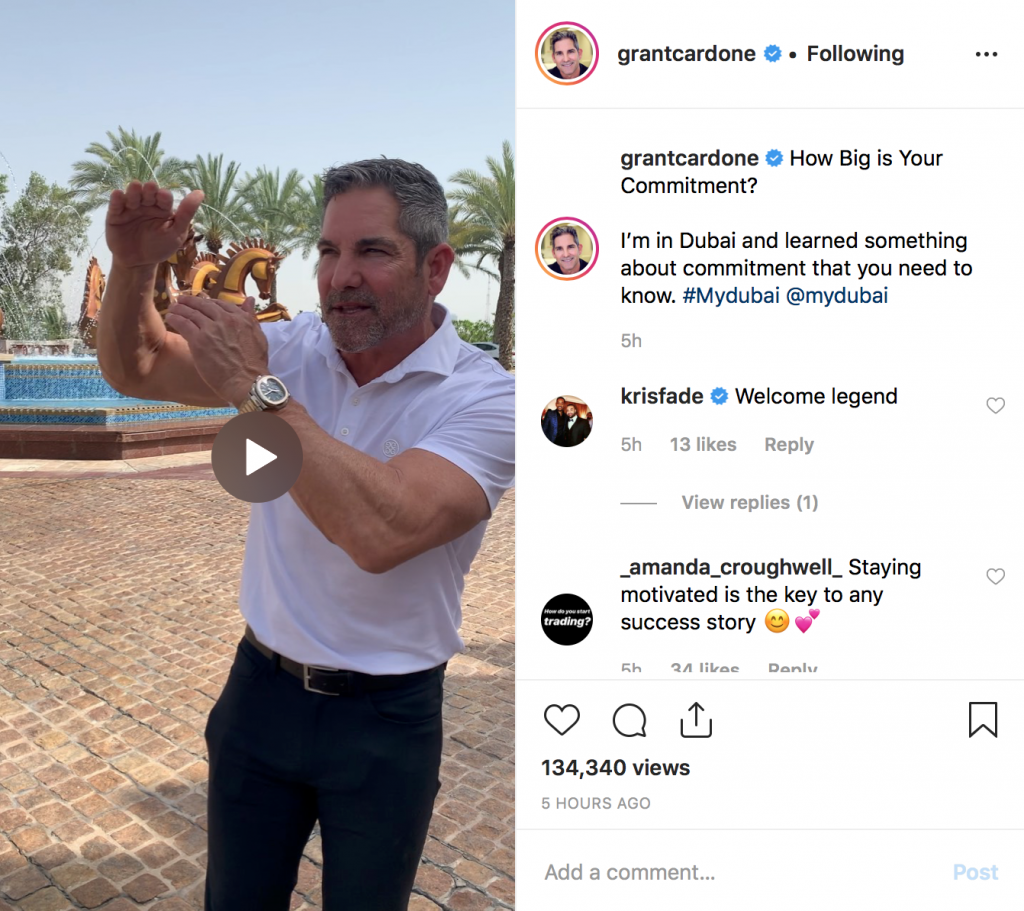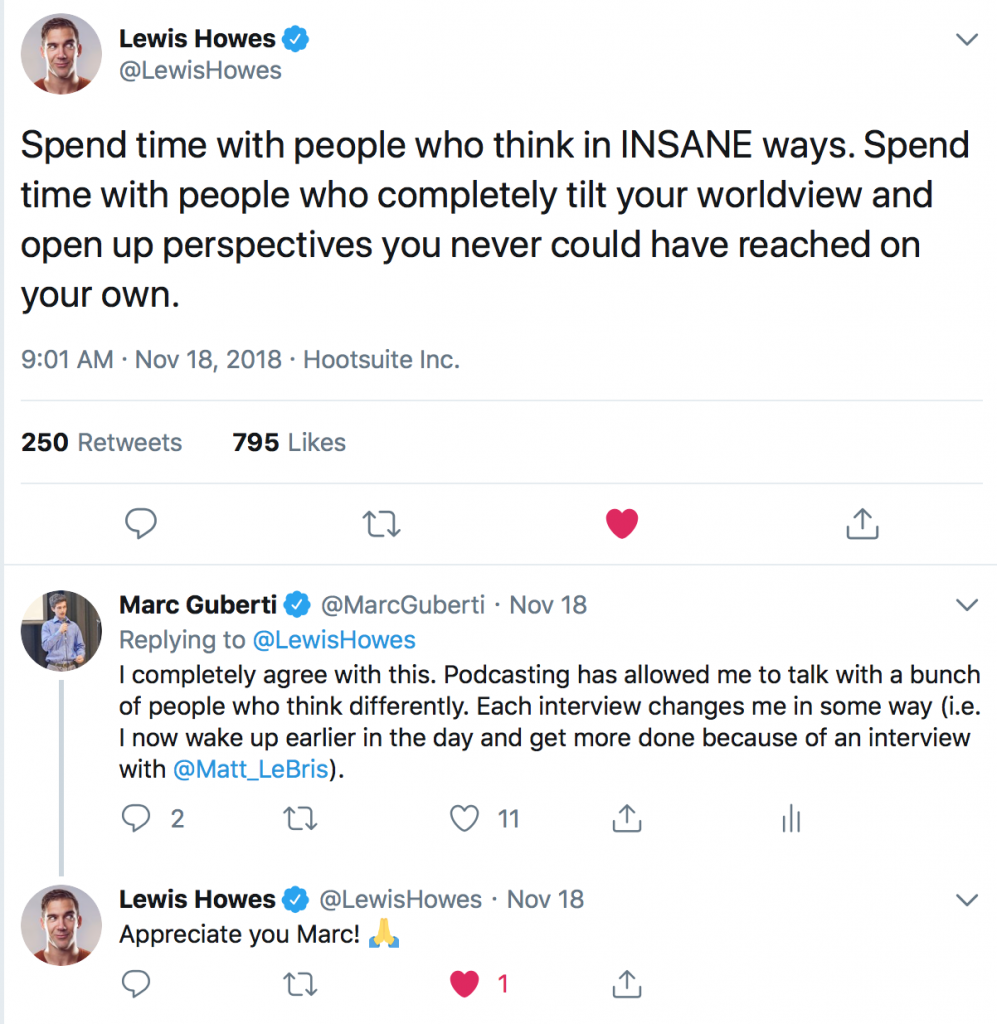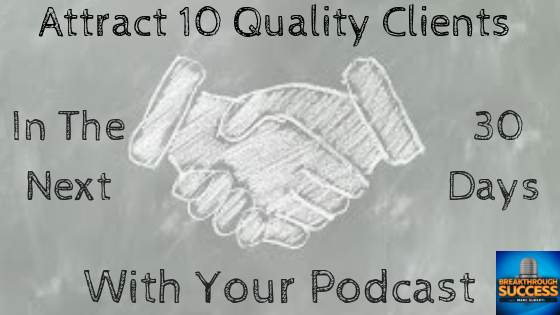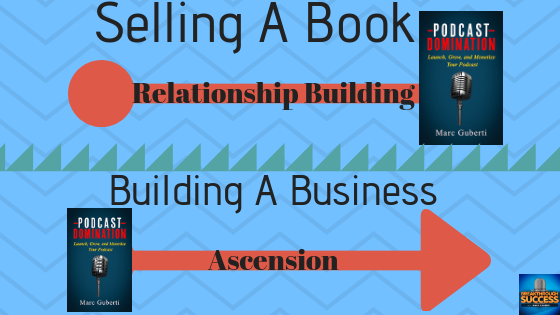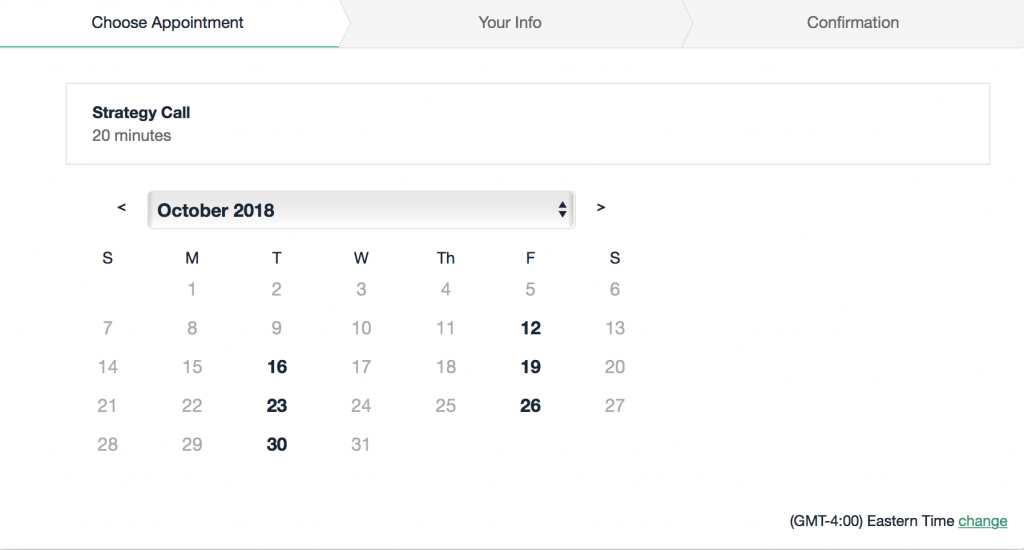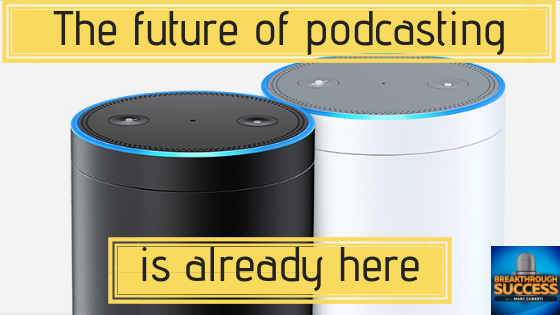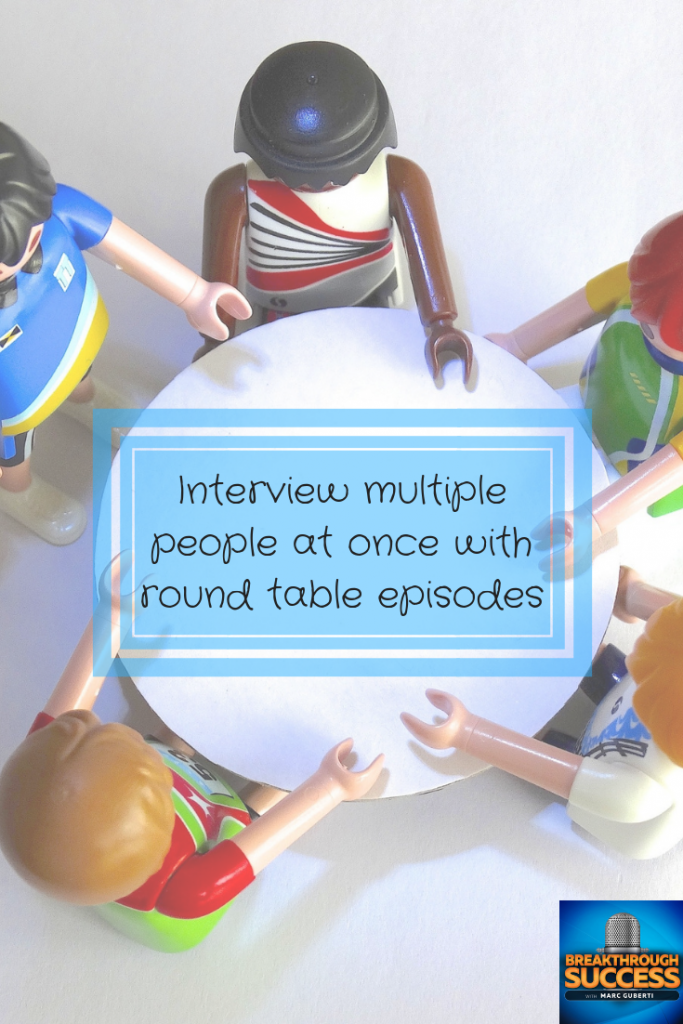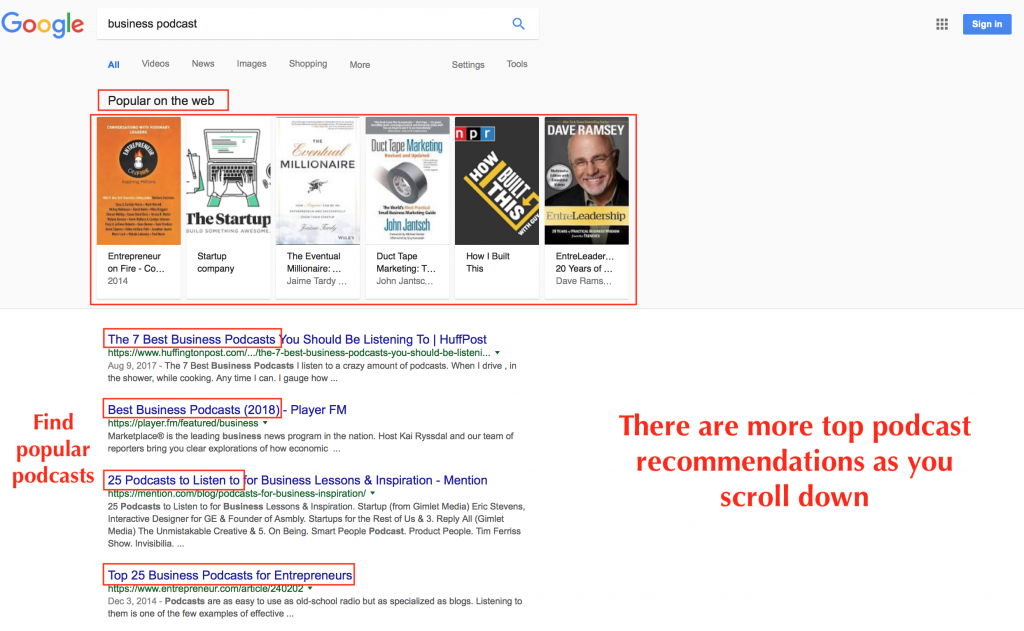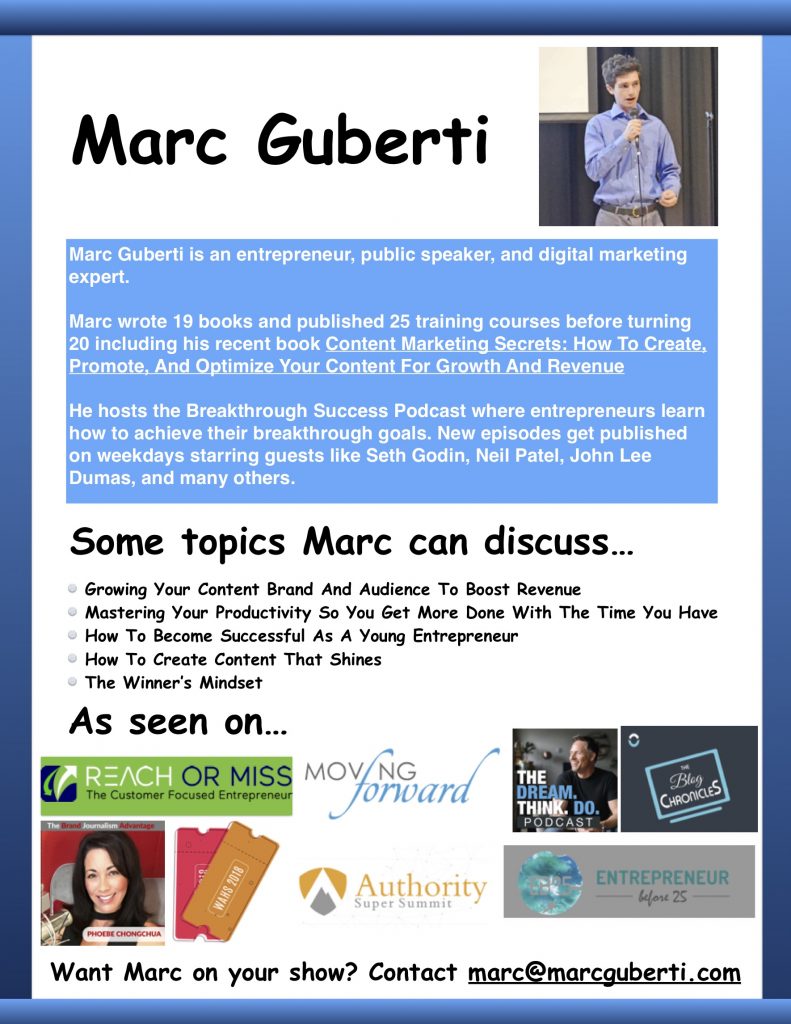Scott Reib is known as America’s Legal Coach. He’s the official Zig Ziglar Small Business Lawyer, a Ziglar Legacy Certified Trainer, and he has over 20 years of experience as an attorney. For the last two decades, Scott has been helping business owners, entrepreneurs, coaches, and service providers to “shatterproof” their businesses and succeed in the professional world.
What You’ll Learn:
- Marketing yourself as a speaker
- How to make a profit when paying to get on someone’s stage
- Using speaking reel and other videos to get on more stages
- The best way to get on more stages (guaranteed to work)
- Closing the sale on the stage
Links From The Episode:
Presentation: How To Grow And Monetize Your Podcast
Grow Your Influence Book Series

